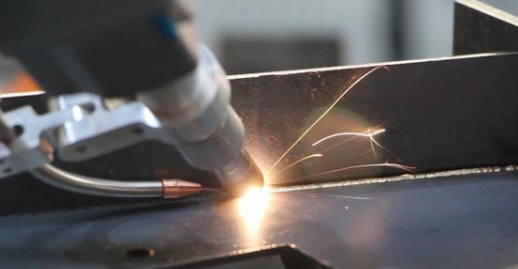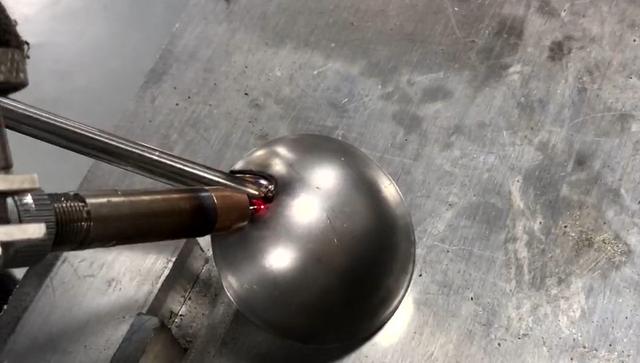At present, in industrial manufacturing, copper ranks second in consumption of non-ferrous metals, second only to aluminum. Red copper is widely used in the construction industry, electrical, machinery manufacturing and other industries. Red copper has good electrical and thermal conductivity, excellent plasticity, and is easy to process by hot and cold press. As production demands continue to increase, the application of red copper has gradually expanded.
Laser welding has the advantages of high energy density, small amount of melted metal, narrow heat-affected zone, high welding quality and high production efficiency. It can effectively improve production efficiency when applied to copper welding, and is gradually being chosen by more and more industries. However, due to the low absorption rate of fiber lasers by highly reflective materials, processing is also more difficult, which also places more requirements on laser light sources.

Common problems when copper welding:
(1) Difficulty in fusion and variability: Due to the relatively large thermal conductivity of red copper, the heat transfer rate is very fast during welding, and the overall heat-affected zone of the weldment is also large, making it difficult to fuse the materials together; and due to the linear expansion coefficient of red copper It is very large. When welding is heated, improper clamping force of the clamp will cause the material to deform.
(2) Porosity is prone to occur: Another important problem that occurs during copper welding is pores, especially when deep penetration welding is more serious. The generation of pores is mainly caused by two situations. One is the diffusive pores directly produced by the dissolution of hydrogen in the copper, and the other is the reaction pores caused by the redox reaction.
Solution:
The absorption rate of infrared laser by red copper at room temperature is about 5%. After heating to near the melting point, the absorption rate can reach about 20%. To achieve laser deep penetration welding of red copper, the laser power density must be increased.
Using a high-power laser coupled with a swing welding head, the beam is used to stir the molten pool and expand the keyhole during deep penetration welding, which is beneficial to gas overflow, making the welding process more stable, with less spatter, and fewer micropores after welding.

Applications of Laser Welding in the New Energy Automobile Industry
What You Need to Know About Handheld Fiber Laser Welding Machines?
The difference between laser welding machine and laser cutting machine
